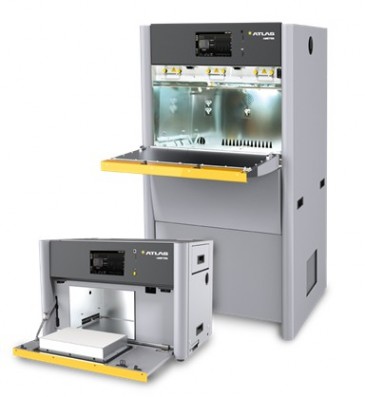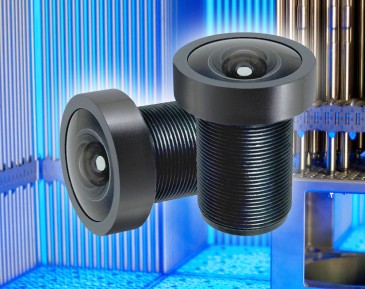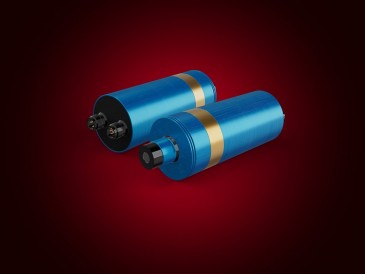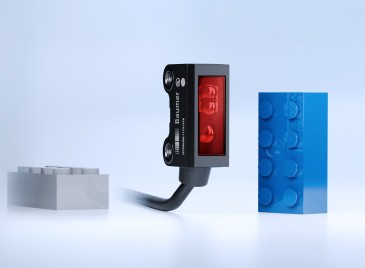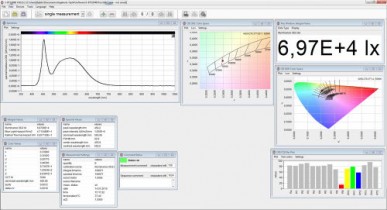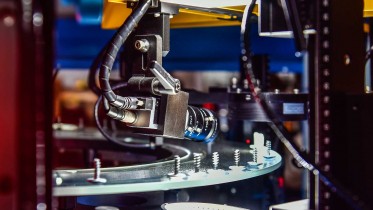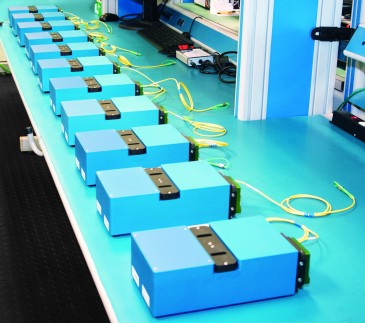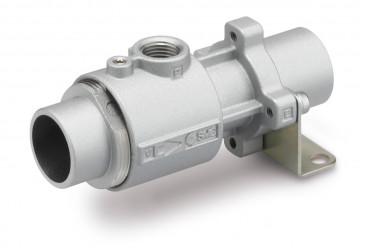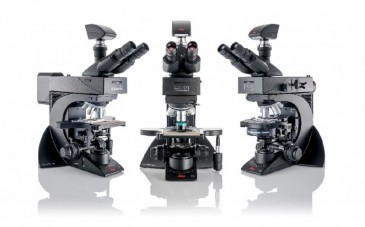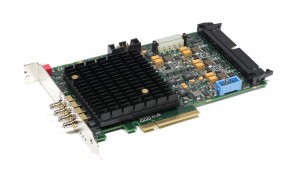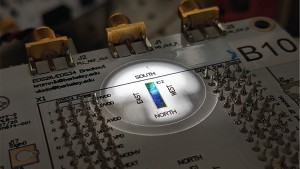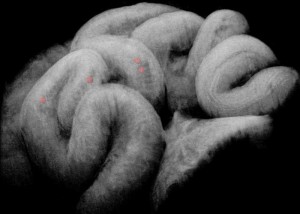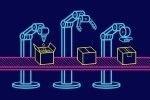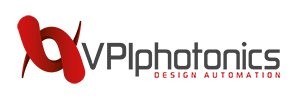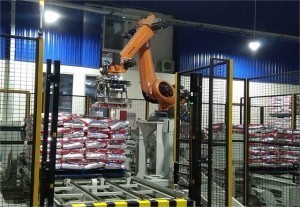
AI vision systems can support manufacturing productivity by monitoring safety, quality control, throughput, robot activity and more. AI image recognition technology is more accessible today than ever before thanks to recent advances in machine learning. Manufacturers can leverage this technology to monitor their production and identify ways to improve productivity and safety. How can manufacturers start applying AI vision systems in their facilities?
Automated Safety Monitoring
AI vision, also called computer vision or machine vision, is great for automating visual monitoring tasks, such as workplace safety. Manufacturing facilities can have many types of hazards, ranging from large machinery to dangerous chemicals or materials. As a result, it’s vital for employees to follow safety guidelines and requirements.
Compliance with safety regulations can even impact manufacturers’ productivity. Poor safety compliance can increase workplace stress, increase absenteeism, increase employee turnover and reduce efficiency. So, monitoring employee safety is a key part of monitoring overall production in manufacturing.
AI vision systems can autonomously analyze security camera footage looking for key signs of safety compliance. For example, an AI vision algorithm could identify employees who are not wearing high-visibility vests, eye protection or other required safety gear. AI vision systems can also identify certain dangerous behaviors, such as falls, trips or employees entering designated unsafe areas.
Additionally, monitoring safety with AI vision systems can reveal valuable insights about production. For example, a certain stage of the production process or area of the manufacturing facility might get more safety alerts than others. This could indicate that a certain process or task needs to be revised to improve safety or needs more comprehensive safety requirements for employees.
AI-Powered Quality Control
One of the top applications for AI vision systems in manufacturing is quality control. QC can be time consuming and tedious yet also plays a vital role in ensuring customer satisfaction. It can also reveal performance issues in other stages of production. For example, if a certain defect is popping up frequently, it could hint at a mechanical or process issue at a specific stage of assembly.
Quality control AI is highly customizable today thanks to advances in machine learning technology. Manufacturers can train their AI vision system to recognize any type of product defects they need to check for. The process simply involves showing the algorithm what a defect-free product looks like then teaching it to differentiate that image from images of products with defects.
Automating quality control comes with numerous benefits, as well. For example, automation production processes results in higher product quality due to the lower error rates of robotic systems compared to humans. In quality control, this means fewer defects go unnoticed. Additionally, AI vision systems can often analyze products faster than a human could, especially considering quality inspections can be tedious for employees.
AI vision quality control can also be used in the packaging stage of production. Cameras can record images of units packed for shipping so the AI can identify packing errors or defects. This allows manufacturers to save time and resources on monitoring units as they leave production facilities.
Tracking and Optimization
AI vision systems can automate tracking assets as they move through production as well as collecting valuable productivity data. There are a few ways to accomplish this including monitoring the speed of quality control checkpoints and using AI to scan barcodes on units throughout the production process. AI vision can readily handle both and isn’t limited only to object recognition.
AI vision systems are capable of a wide variety of tasks today, from classifying images to identifying and tracking specific objects. Manufacturers can use these capabilities to monitor various production metrics like efficiency, bottlenecks, waste and throughput. The resulting data is invaluable for optimizing production and understanding exactly how the facility is operating.
For example, manufacturers can integrate AI vision systems into cameras at checkpoints throughout the production process. As units pass through the checkpoints, the AI autonomously records a time stamp for each unit, tracking how long it takes for units to move from one stage of production to the next.
This is a great way of identifying bottlenecks or even processes that could simply use some extra support or automation. Periodically scanning individual units throughout the production process can also help prevent units from getting lost in between stages. Additionally, this is a good way of pinpointing where defects are occurring most frequently. Since the AI vision system is recording images of units at each stage, it is clear exactly where a defect happens.
Similarly, manufacturers can use AI vision systems to automate throughput monitoring and inventory management. Using barcode scanning or even image classification, AI can monitor the number of units that are produced, shipped out or stored each day.
Monitoring Robot Activity
More and more manufacturers are adopting robotics today. AI vision systems can help track and manage those robots. Surveys show that at least 44.9% of assembly and manufacturing facilities currently use robotics as a core part of their operations. Manufacturers can keep an eye on their robot fleets with the help of AI vision systems.
For example, many manufacturers use autonomous mobile robots, or AMRs, to transport goods around their facilities. AI vision systems can monitor the movement of these robots throughout the building, watching for mechanical, navigation or safety issues. Robot monitoring also allows manufacturers to capture a wealth of data on their robots’ performance. For instance, they might find that a certain intersection is a bottleneck for robot traffic.
AI robot monitoring can also support cybersecurity, which is crucial for ensuring successful and safe production. Cyber attacks targeting manufacturing have been on the rise for a few years now and continue to get more advanced and more expensive. Surveys show at least 40% of manufacturers experienced a cyber attack in 2022. Large robot fleets are a tempting target for the hackers behind these incidents.
AI vision systems can recognize abnormal robot behavior, such as crashing into objects or sudden navigational changes. This type of behavior can indicate that an individual robot or the robot management system may have been compromised by a cyber attack.
Additionally, AI vision systems can support robot and employee safety and collaboration. Computer vision algorithms are capable of spotting safety issues, such as a person being hit by or walking into a robot. Automated monitoring for incidents like these can help prevent robot-related workplace accidents. It can also show manufacturers where their production process may be creating risks for robot-related accidents.
AI Vision Systems in Manufacturing
AI vision systems can help manufacturers monitor, understand and automate their production processes. Modern computer vision technology has many valuable applications in the industry, ranging from safety monitoring to quality control and robot management. Adopting this technology can help manufacturers optimize and streamline their operations, providing better end-products for their customers.
Written by Emily Newton, Editor-in-Chief of Revolutionized, an online magazine that covers innovations in the industrial sector.






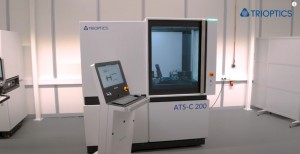
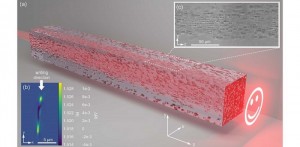
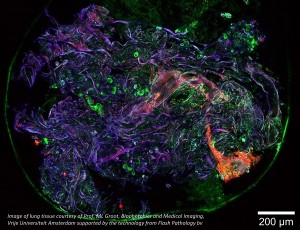

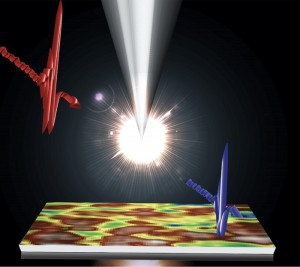

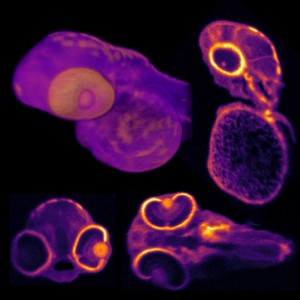
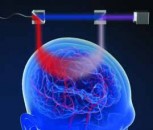

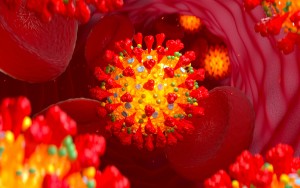















 Back to Features
Back to Features